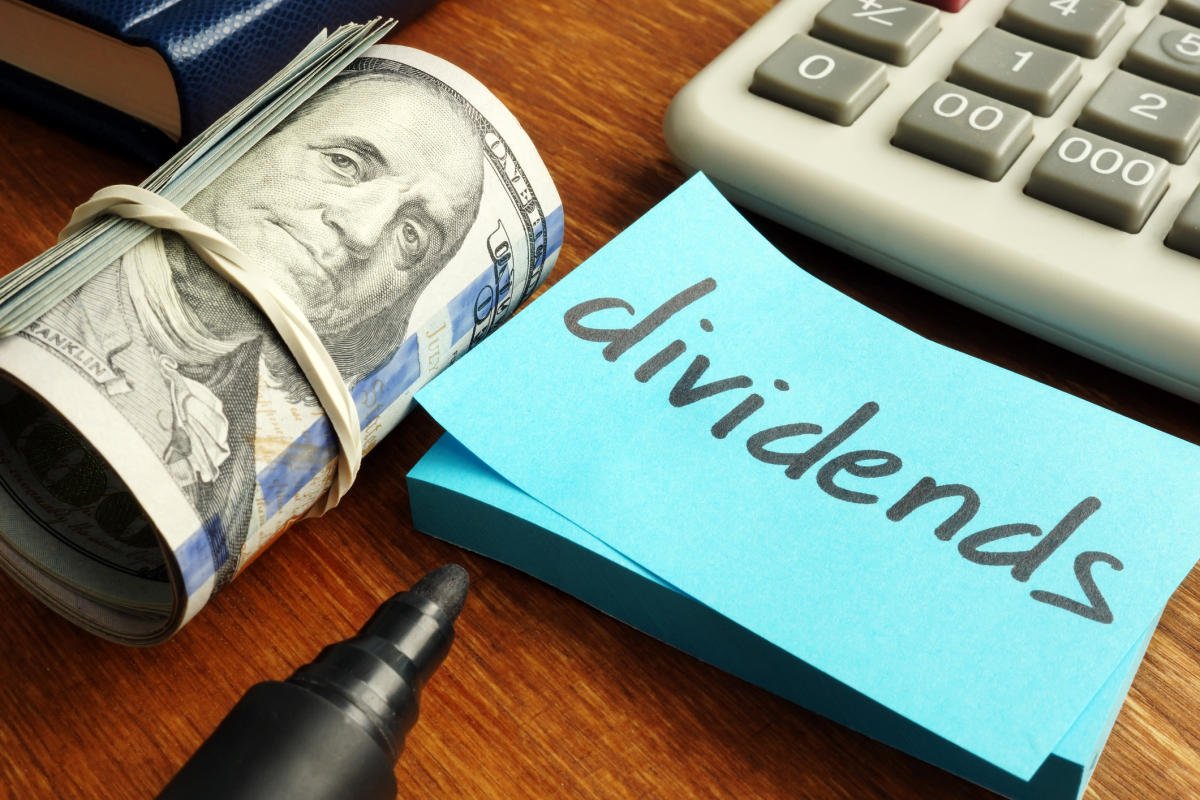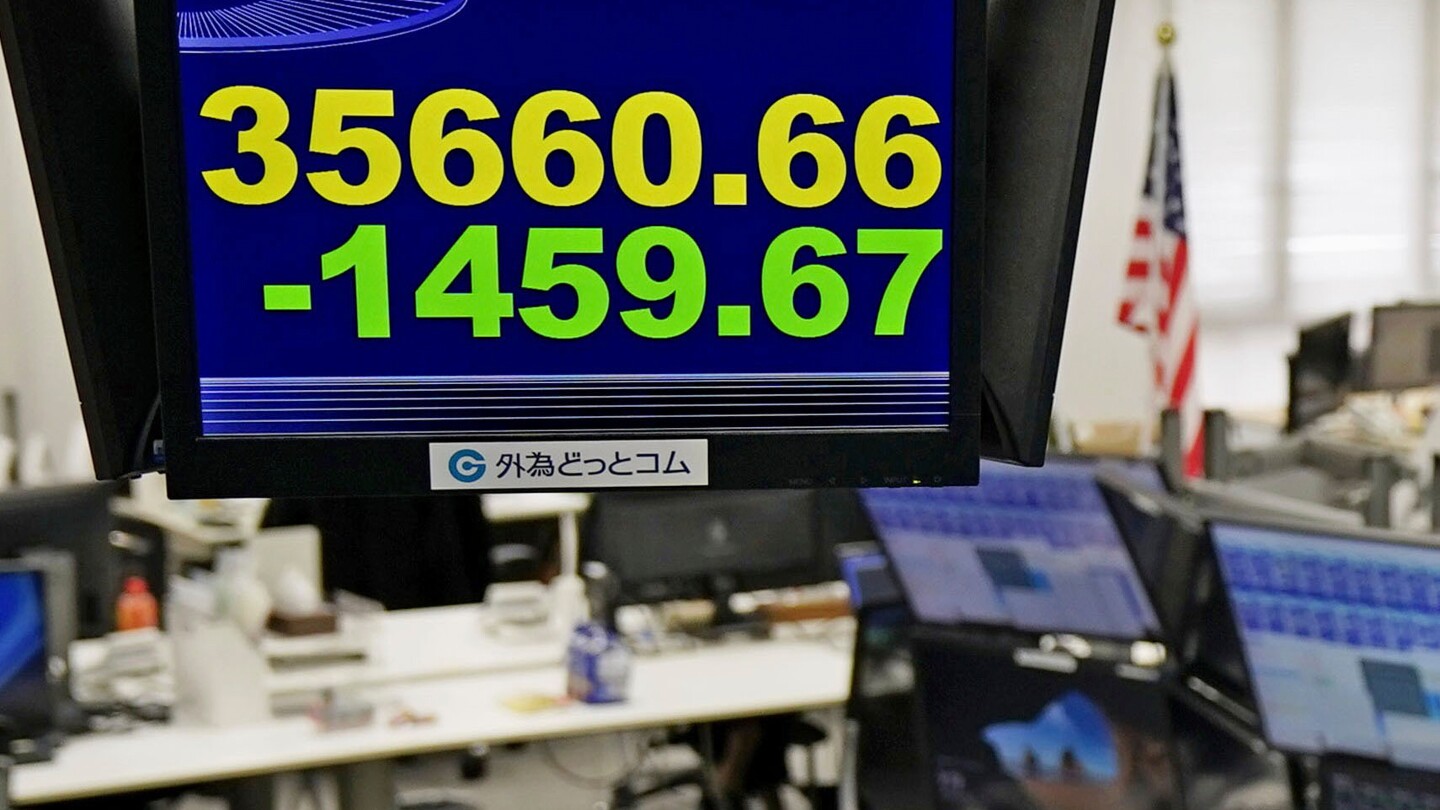It’s been a rough few weeks for the stock market, as major indexes tumbled into correction territory. The S&P 500 (SNPINDEX: ^GSPC) fell by just over 10% between mid-February and mid-March, while the tech-focused Nasdaq (NASDAQINDEX: ^IXIC) plunged by close to 14% in that time.
Investor sentiment has also been steadily declining. According to a survey from the American Association of Individual Investors released in March 2025, only around 22% of U.S. investors feel optimistic about the market’s future — down from around 53% in July 2024.
Where to invest $1,000 right now? Our analyst team just revealed what they believe are the 10 best stocks to buy right now. Learn More »
But what does history say about the future of the market? While there could be some not-so-good news, there’s also a major silver lining for investors.

Image source: Getty Images.
Investors could be “playing with fire”
First, it’s important to note that there’s no way to predict what the market will do in the short term. Even the best analysts in the world can’t say when the next recession or bear market will begin. However, it can still be a good idea to see what certain market indicators suggest about the future so you can start preparing.
One of the more popular market metrics is the Buffett Indicator — or the ratio of the total market cap of U.S. stocks to gross domestic product (GDP). It was popularized by investor Warren Buffett, and he used this metric to correctly predict the bear market following the dot-com bubble burst in the early 2000s.
“If the percentage relationship falls to the 70% to 80% area, buying stocks is likely to work very well for you,” Buffett explained in an interview with Fortune published in 2001. “If the ratio approaches 200% — as it did in 1999 and a part of 2000 — you are playing with fire.”
As of March 2025, the Buffett Indicator sits at 191%, suggesting that the market is overvalued and due for a downturn.
That said, this indicator isn’t perfect. Companies have dramatically increased in value over time — in part due to the surging tech sector — so it may not be fair to compare today’s valuations to those from 20 or 30 years ago.
In fact, the last time the Buffett Indicator was in the 70% to 80% range (the ideal time to invest, according to Buffett) was 2011. Yet since then, the S&P 500 has surged by around 359%, as of this writing. If you’d held off on investing because this metric suggested it wasn’t safe, you’d have missed out on serious earnings.
The yield curve issues a warning
One other popular recession indicator is the inverted yield curve. There are several ways to look at this metric, but one of the most common is comparing the 10-year U.S. Treasury bond against the three-month Treasury bill. When the 10-year Treasury bond falls below the three-month Treasury bill, the yield curve inverts.
An inverted yield curve, historically, has been a reliable indicator that a recession is looming. High short-term interest rates could result in an economic slowdown, and the yield curve can also provide insight into investor sentiment. If many Americans are shifting their money between long- and short-term investments, it could indicate that they expect a recession.
As of March 2025, the spread between the 10-year bond and three-month bill is 0.07%. While that’s not inverted just yet, it is dangerously close.
Keep in mind, though, that this metric also isn’t perfect. Case in point: This particular yield curve inverted back in 2022 and stayed inverted until late 2024. Many experts warned at that time that a recession was imminent, yet it hasn’t happened so far.
This doesn’t necessarily mean that a recession isn’t coming. But no market indicator is flawless, so it’s important to look at the big picture rather than getting hung up on just one or two individual metrics.
The silver lining for investors
Recessions and bear markets are daunting, even for seasoned investors. But the bright side is that they are also fantastic opportunities to generate long-term wealth.
The last few years have been an incredibly expensive time to invest, as stock prices hit record high after record high. If the market takes a turn for the worse, you can load up on quality stocks for much lower prices.
Where you invest matters, though. High-quality companies with solid fundamentals are more likely to pull through periods of economic instability, so these are the stocks to focus on right now. They could still be hit hard in the short term, but they’ll likely rebound eventually. By investing when they’re priced lower, you could set yourself up for substantial gains during the recovery period.
When in doubt, it never hurts to remember Warren Buffett’s priceless advice about investing during volatile times.
“I can’t predict the short-term movements of the stock market,” he explained in a 2008 opinion piece for The New York Times. “I haven’t the faintest idea as to whether stocks will be higher or lower a month or a year from now. What is likely, however, is that the market will move higher, perhaps substantially so, well before either sentiment or the economy turns up. So if you wait for the robins, spring will be over.”
If a recession or market downturn is looming, take that opportunity to load up on strong stocks. From there, do your best to simply wait it out. Even the worst slumps are only temporary, and the investors who go into them with a strategy will reap the biggest rewards.
Don’t miss this second chance at a potentially lucrative opportunity
Ever feel like you missed the boat in buying the most successful stocks? Then you’ll want to hear this.
On rare occasions, our expert team of analysts issues a “Double Down” stock recommendation for companies that they think are about to pop. If you’re worried you’ve already missed your chance to invest, now is the best time to buy before it’s too late. And the numbers speak for themselves:
- Nvidia: if you invested $1,000 when we doubled down in 2009, you’d have $312,980!*
- Apple: if you invested $1,000 when we doubled down in 2008, you’d have $42,421!*
- Netflix: if you invested $1,000 when we doubled down in 2004, you’d have $537,825!*
Right now, we’re issuing “Double Down” alerts for three incredible companies, and there may not be another chance like this anytime soon.
*Stock Advisor returns as of March 24, 2025
Katie Brockman has no position in any of the stocks mentioned. The Motley Fool has no position in any of the stocks mentioned. The Motley Fool has a disclosure policy.
The views and opinions expressed herein are the views and opinions of the author and do not necessarily reflect those of Nasdaq, Inc.



















